Photos: Snowflake the Albino Gorilla
Young Snowflake
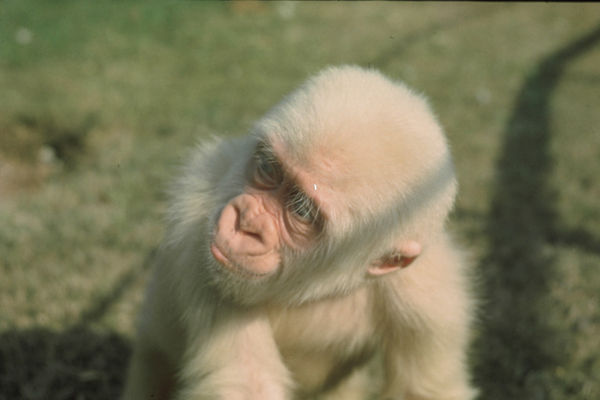
Snowflake the albino gorilla seen here when he was young. Snowflake was born in the wild and captured by villages in Equatorial Guinea in 1966. He lived most of his life at the Barcelona Zoo.
Famous gorilla
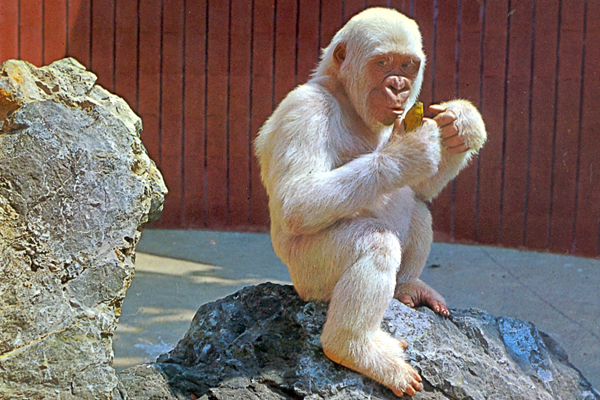
Snowflake was called "Copito de Nieve" in Spanish. The gorilla was a much celebrated denizen of the zoo, his image looking out from postcards and posters.
Albinism's effects
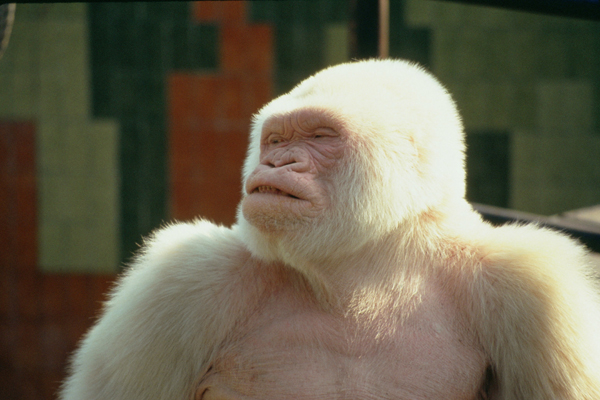
Snowflake's albinism gave him poor eyesight because of a lack of pigment in his eyes. He would often frown to protect his eyes from bright light, according to a PBS documentary, "Snowflake's Legacy."
Inbreeding
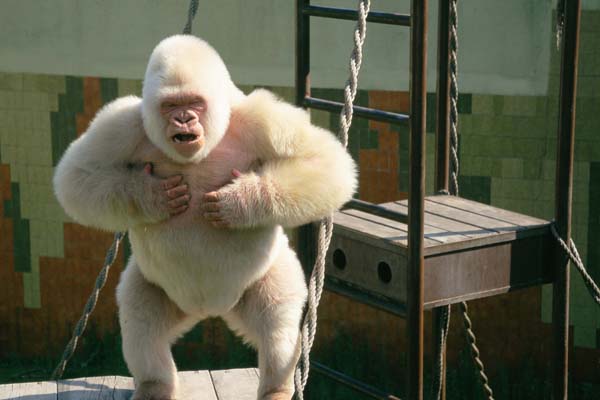
A 2013 study of Snowflake's genome found that his albinism was likely caused by inbreeding, in this case, an uncle-niece pairing. Both of Snowflake's parents carried the same mutant form of a gene that caused his albinism.
Doting dad
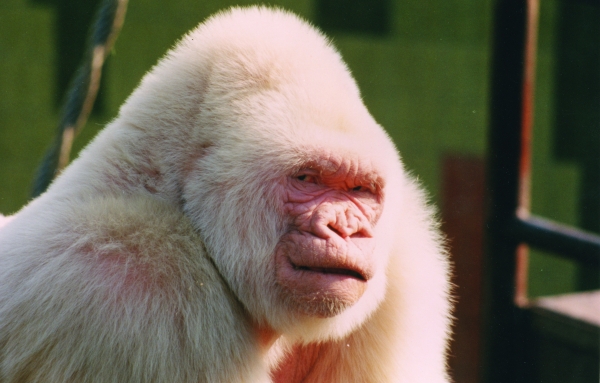
Because of his poor eyesight, Snowflake likely would never have reproduced in the wild, according to the PBS documentary, but he fathered 21 gorillas at the Barcelona Zoo. He also had 10 grandchildren. None of his offspring are albino.
Gorilla research
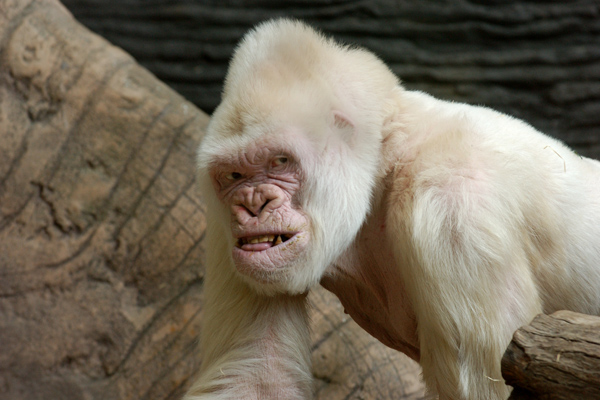
Researchers are still studying Snowflake's family to better understand gorilla genetics as part of an effort to help protect the animals in the wild. Snowflake's subspecies, the Western lowland gorilla (Gorilla gorilla gorilla) is considered critically endangered by the International Union for Conservation of Nature, threatened by poaching, disease and habitat destruction.
Sign up for the Live Science daily newsletter now
Get the world’s most fascinating discoveries delivered straight to your inbox.










